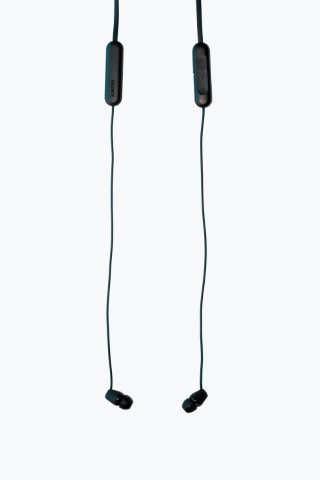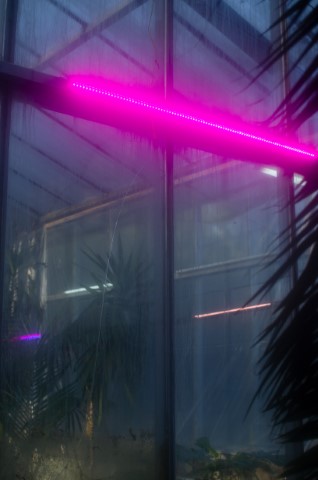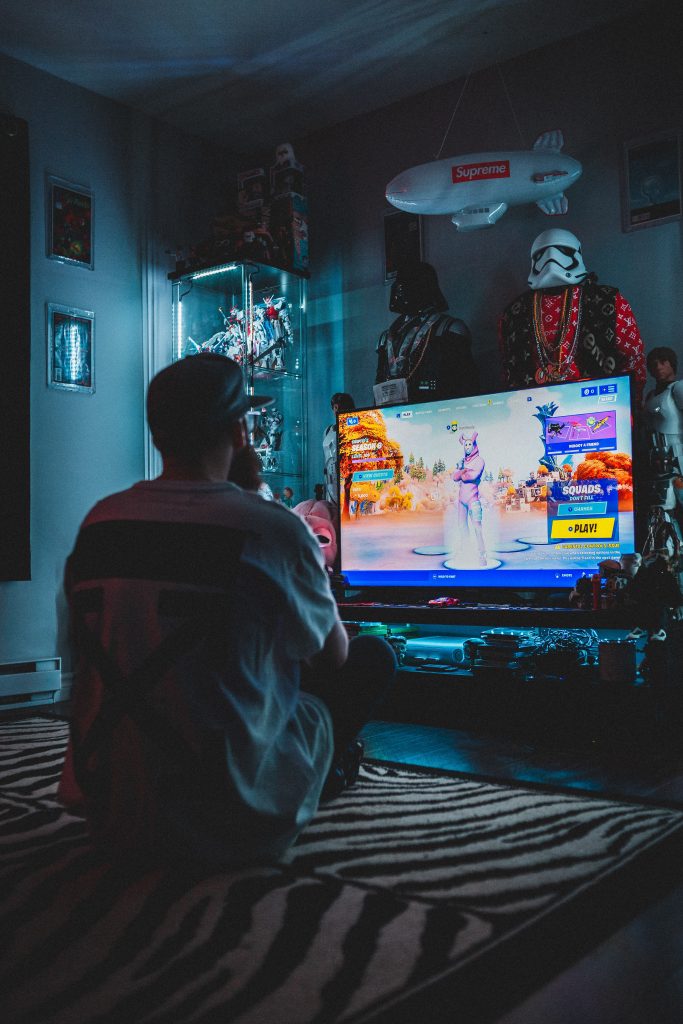Introduction
You’ve seen them in stores, online, and maybe even in your neighbor’s home. They come in a wide range of colors, shapes, and sizes. But with so many options available, how do you know which LED light is right for your project. In our article we are going to go over the different options that are available as far as the colors and color temperature goes for LEDs. Then we will look at the different uses of the colors around the house, and even the color rendering index and how it impacts your led choice. The final aspects that we will review are the sizes of LED lights to look at and even give a couple of install tips to make your DIY project go quicker.
So, keep on reading if you are thinking about starting a new LED project and aren’t sure where to start as far as the colors you might want to use, we promise you’ll find something new out in our guide.
Color Temperature
LED lights are available in a variety of color temperatures. The color temperature of a light is measured in Kelvin (K) and it tells you how warm or cool the light will appear. Warm light has a lower color temperature (2700-3200K), while cooler light has a higher color temperature (3500-4100K).
Uses for Different Temperatures
Warm white light (2700-3200K) is best for bedrooms, living rooms, and other areas where you want to create a cozy and inviting atmosphere.
Cool white light (3500-4100K) is best for kitchens, bathrooms, and other areas where you want bright, focused light.
Daylight (5000K+) is best for reading, working, and other activities that require high levels of concentration.
Color Rendering Index
The color rendering index (CRI) is a measure of a light bulb’s ability to render colors accurately. The CRI scale goes from 0 to 100; the higher the number, the better the pictures will look under that light source! Anything above 80 is considered great. However, keep in mind that higher CRIs often come with higher price tags.
General guidelines for CRI
For home use (particularly rooms where people spend a lot of time), consider LEDs with a CRI of 90 or above. This includes living rooms, dining rooms, dens/family rooms, bedrooms, and home offices.
For business use (especially retail stores), consider LEDs with a CRI of 85 or above. This includes boutiques, restaurants, salons/spas, hotels/resorts, museums/galleries, and office buildings. Keep in mind that many businesses are required by law to have an LED lighting system with a CRI of 80 or above.

The Best Colors for Every Room
Bedroom: Warm White (2700K-3000K)
If you’re looking for a relaxed and cozy atmosphere in your bedroom, warm white LEDs are the way to go. Warm white is similar to the kind of light you would find in an old-fashioned incandescent bulb, and it’s ideal for relaxation and rest.
Bathroom: Bright White (4000K-4500K)
For a brighter, cleaner look in your bathroom, choose LEDs with a color temperature between 4000K and 4500K. This “bright white” light will give you the illumination you need to get ready for your day or night without being too harsh on the eyes.
Kitchen: Daylight (5000K+)
In the kitchen, you’ll want an LED with a color temperature of 5000K or higher. This “daylight” color will help you see everything clearly while you’re cooking and won’t cause eye fatigue like some lower temperatures can.
Living Room: Soft White (2700K)
Finally, if you’re looking for a warm and inviting atmosphere in your living room, go for an LED with a soft white color temperature of 2700K. This will create a cozy space where you can relax with family and friends.
How to determine the correct size and shape of led light for your project.
There are a few things you need to take into consideration when choosing the right LED lights for your project. The first is the size of the light. You will need to take measurem
ents of the area you plan on lighting up and choose a light that will fit comfortably inside that space. The second thing to consider is the shape of the light. Many different shapes and sizes of LEDs are available, so you must decide which one best suits your needs. The last thing to think about is the color of light you want. LEDs come in various colors, so you can choose whichever one you think will look best for your project.
Installation tips for led lights.
When it comes to choosing the right LED lights for your DIY projects, there are a few things you need to keep in mind. Here are some installation tips to help you get started:
1. First, you need to identify what type of project you’ll be using the LED lights for. This will help determine the type of lightbulb and fixture you’ll need.
2. Next, consider the wattage of the lightbulbs you’ll be using. You’ll want to choose a bulb that doesn’t use too much energy so that your project stays within budget. It will save you money and prevent you from buying a lower-powered light if you find it is just too bright. You must remember that LED lights can be VERY, VERY bright.
3. Once you’ve selected the right bulbs, it’s time to install them in the fixtures. Ensure you follow the manufacturer’s instructions carefully, so everything is properly installed and safe to use.
Conclusion:
Now that you know the best LED light colors for your next project, what are you waiting for? If you have any questions that we didn’t cover in our tip list here, just send us a message, and we will help out in any way that we can. We have made a little checklist of these guidelines prior to buying the lights for our projects because it just makes life easier. Get the right lights the first time and avoid any delays.
Now that you have everything you need to think about before you start your DIY LED project, there’s nothing left that will stop you from getting out there and starting your project! We can’t wait to see what you come up with.












